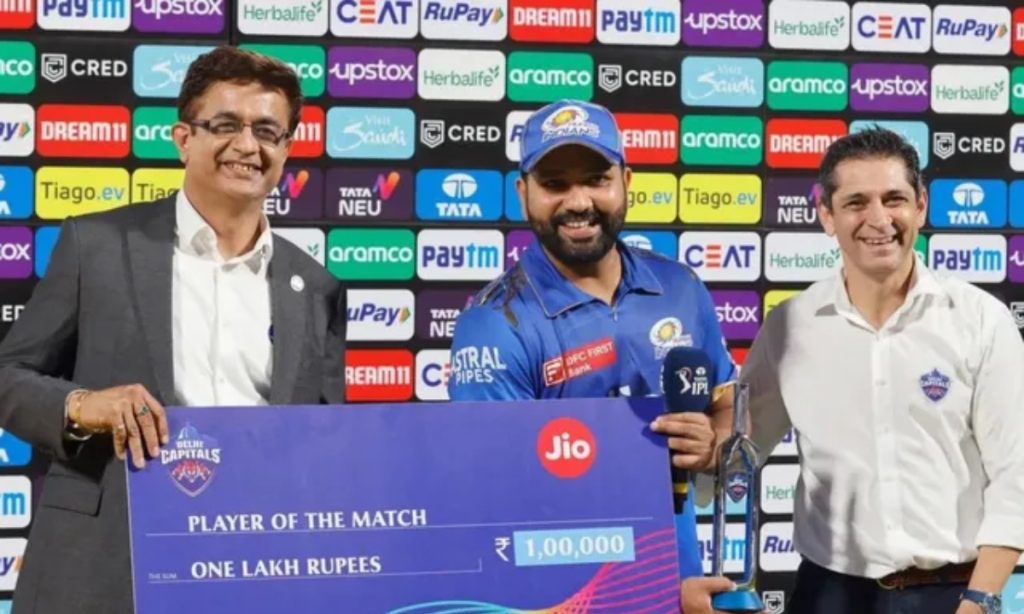In cricket, where earnings soar and fame is often measured by the tax one pays, the absence of Rohit Sharma from the list of top five highest tax payers in Team India for the financial year 2023-24 has sparked discussions across platforms like X. This surprising omission raises questions about earnings, endorsements, and the financial landscape of cricket in India.
The Financial Landscape of Cricket:
Cricket in India isn’t just a sport; it’s a colossal industry where players, especially those of Rohit Sharma’s caliber, are expected to rake in fortunes through match fees, IPL contracts, and a plethora of endorsements. However, the tax list, often seen as a barometer of a cricketer’s financial success, tells a different story this year. While figures like Virat Kohli, MS Dhoni, and Sachin Tendulkar dominate the tax charts, Sharma’s name is conspicuously absent from the top echelons.
Reasons Behind the Absence:
Several factors could contribute to Rohit Sharma not featuring in the top tax payers list. Firstly, the nature of earnings in cricket has diversified. While match fees and IPL contracts form a significant part, the real wealth often comes from endorsements and personal brands. It’s possible that Sharma’s endorsement deals, while lucrative, might not have reached the peak of what others like Kohli or Dhoni have achieved, either due to fewer deals or less aggressive tax planning.
Secondly, personal financial decisions play a crucial role. Cricketers, like any high-earning individuals, have the option to invest in tax-efficient schemes or offshore investments, which might not reflect in the annual tax figures. Sharma might have diversified his investments in ways that legally minimize his taxable income in India for that year.
Public Perception and Media:
The omission has not gone unnoticed by fans and analysts, leading to a mix of surprise and speculation. On platforms like X, discussions range from admiration for Sharma’s cricketing achievements to curiosity about his financial strategies. Some fans argue that cricketing success shouldn’t be measured by tax contributions alone, emphasizing Sharma’s leadership qualities and performance on the field. Conversely, others see this as an opportunity to discuss the broader implications of wealth in cricket, questioning whether the sport’s financial model needs reevaluation.
The Broader Impact:
This scenario also opens up a dialogue on how cricketers manage their finances. While the IPL and BCCI contracts are transparent, the world of endorsements, personal appearances, and brand deals remains opaque to the public. Sharma’s case might encourage more transparency or at least more informed discussions about how cricketers handle their wealth, potentially leading to better financial education for upcoming players.
Rohit Sharma’s absence from the top tax payers list in Team India for 2023-24 might be a footnote in his illustrious career, but it’s a significant talking point for fans and analysts alike. It underscores the complexities of wealth in modern cricket, where earnings are not just about playing the game but also about playing the financial game off the field. While Sharma’s cricketing prowess remains undoubted, this financial insight adds another layer to understanding the life of cricket stars beyond the boundary.

